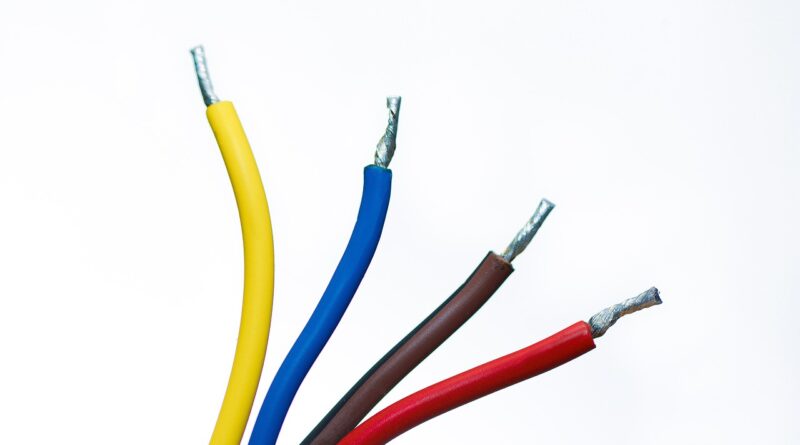Stay Shock-Free: Expert Tips for a Successful Electrical Safety Audit
Introduction
As ,we understand the paramount importance of electrical safety in every aspect of your business. Whether you’re a small enterprise or a large corporation, prioritizing electrical safety is essential for the well-being of your employees and the overall efficiency of your operations. In this article, we will provide you with expert tips and comprehensive guidance to ensure a successful electrical safety audit for your organization.
Conducting a Thorough Electrical Safety Audit
1. Start with an Evaluation of Electrical Systems
The first step towards a successful electrical safety audit is to conduct a comprehensive evaluation of your existing electrical systems. This evaluation should include an assessment of wiring, circuits, grounding, and any potential hazards. Identify any outdated or faulty equipment that may pose risks and make a note of areas that require immediate attention.
2. Follow Regulatory Guidelines and Standards
Compliance with regulatory guidelines and industry standards is crucial for maintaining electrical safety. Stay up-to-date with local and national regulations, such as those provided by the Occupational Safety and Health Administration (OSHA) or the National Fire Protection Association (NFPA). Adhering to these standards will not only ensure a safe working environment but also prevent legal and financial consequences.
3. Train Employees on Electrical Safety
A well-trained workforce is the cornerstone of electrical safety. Conduct regular training sessions to educate your employees about electrical hazards, safe work practices, and emergency procedures. Encourage them to report any potential electrical issues promptly, fostering a culture of safety and accountability.
4. Implement Effective Lockout/Tagout Procedures
Lockout/tagout procedures are vital to prevent accidental energization of equipment during maintenance or repair work. Establish clear and concise lockout/tagout protocols, including proper equipment de-energization, isolation, and labeling. Regularly review and update these procedures to reflect any changes in your electrical systems or equipment.
5. Perform Routine Equipment Maintenance
Regular maintenance of electrical equipment is essential for preventing malfunctions and reducing the risk of electrical accidents. Develop a comprehensive maintenance schedule that includes inspections, testing, and repairs. Keep detailed records of all maintenance activities, ensuring accountability and traceability.
6. Conduct Periodic Safety Audits
Periodic safety audits are essential to evaluate the effectiveness of your electrical safety measures. Engage a qualified electrical safety professional to conduct thorough inspections, identify potential hazards, and provide recommendations for improvement. These audits should cover all aspects of electrical safety, including equipment, systems, and employee practices.
7. Stay Updated with Technological Advancements
Technology is continually evolving, and staying updated with the latest advancements can significantly enhance electrical safety. Explore innovative solutions such as smart sensors, automated monitoring systems, and remote diagnostics. Embrace emerging technologies that can help detect anomalies, minimize risks, and improve overall safety.
Conclusion
Electrical safety is a crucial aspect of any organization’s operations, and conducting a successful electrical safety audit is vital for the well-being of your employees and the smooth functioning of your business. By following the expert tips outlined in this article, you can ensure that your organization remains shock-free and minimizes electrical hazards. Prioritize safety, stay compliant with regulations, train your employees, and conduct regular audits to create a secure environment for everyone.




